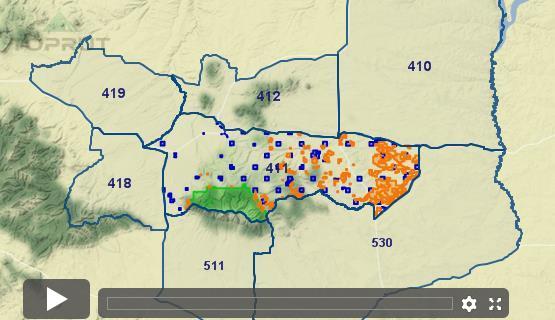

Commands for the online calculator you can enter not only the mouse, but with a digital. You can make not only simple math calculations and calculation of interest on the loan and bank lending rates, the calculation of the cost of works and utilities. Use for work, school or personal calculations. If you use it for real-life purpose, change this unit weight according to your country’s standard. Large, easy and convenient online calculator. The sample data I’ve used in this file contain structural steel unit weight but based on Indian Standard. Change the length and see the weight of the corresponding item changes! Conclusion You have finished creating the calculator. In Cell E5 type the formula =D5*7.85 because it’s a single item. Here you should apply the Sumif formula in Cell E2, E3, and E4. The SUMIF Formula for Unit Calculator in Google Sheets The drop-down menu for the Unit Calculator is ready. Similarly, in Cell B4 change the range as Sheet1!K1:K72. In Cell B3 just change the criteria range as Sheet1!I1:I11. The below is the data validation rule for Cell B2. The Data Validation Settings for the Unit Calculator The Data validation you can access from the Data menu. Now you should set the below data validation rules in Cell B2, B3, and B4 to create a drop-down list. In that, I’ve used the Vlookup function instead of SUMIF. Note: In my sheet, you can see the unit calculator too. You should paste this content in same ranges in your file “strl unit calculator”. Open the file and copy the content that spread across the range G1: L72. So that you can copy the file for your use without altering my original.

I’ve applied a force copy technique to make this spreadsheet file in copy mode. You can follow this link to copy the file. So I have prepared a spreadsheet named “data for unit calculator” for you to copy the content. Don’t waste your time to type all the data. We are preparing the structural steel unit weight calculation tool. When you type the data keep the cell addresses same (data range) as per the below screenshot. Hereafter in this tutorial, I will use this file name to mention the sheet wherever required.
#Google unit calculator how to
How to Create Unit Calculator Using Google Doc Spreadsheet?Įnter the below data in a new spreadsheet. Instead of SUMIF, you can use Vlookup too. All in One Unit Conversion and measurement calculator, Currency Converter & more. I have used the Data Validation feature and the SUMIF function for creating our unit calculator. If you want to do that there is a function called CONVERT in Google Sheets. I mean conversion of Weight, Volume, Temperature etc. Note: I am not talking about the Unit converter. You can apply the same method for creating any other unit calculators. I am using this data to create a structural steel unit weight calculator on the Google Doc Spreadsheet. Right now I have some data of structural steel unit weight. You can create many types of ‘customized’ unit calculators for your purpose. We can create Unit Calculator using Google Doc spreadsheet for our day to day spreadsheet purposes. The formula for converting 2345 inches to miles is. For example, to convert inch to mile: 1 inch = 0.0254 meters 1 mile = 1609.344 meters. So, to convert directly from cm to in you multiply by 0.3937007.Īnother way to look at it is that conversions are performed by multiplying the value to convert by the ratio of 1 input unit in meters to 1 output unit in meters. Or, you can find the single factor you need by dividing the A factor by the B factor.įor example, to convert from centimeters to inches you would multiply by 0.01 then divide by 0.0254.

To convert among any units in the left column, say from A to B, you can multiply by the factor for A to convert A into m then divide by the factor for B to convert out of m. To convert from meters into units in the left columnĭivide by the value in the right column or, multiply by the reciprocal, 1/x.

Multiply by the conversion value in the right column in the table below. To simply convert from any unit into meters, for example, from 50 centimeters, just Where S is our starting value, C is our conversion factor, and By knowing the conversion factor, converting between units can become a simple multiplication problem: Likewise, if you want to convert from grams to micrograms or feet to microfeet you would still do a conversion from base unit to micro. For example, if you want to convert from meters to micrometers you would convert from 'base unit' to micro. Conversions of length and distance are performed by using a conversion factor. Convert among units for any base unit of measure such as gram or meter or second or byte, etc.


 0 kommentar(er)
0 kommentar(er)
